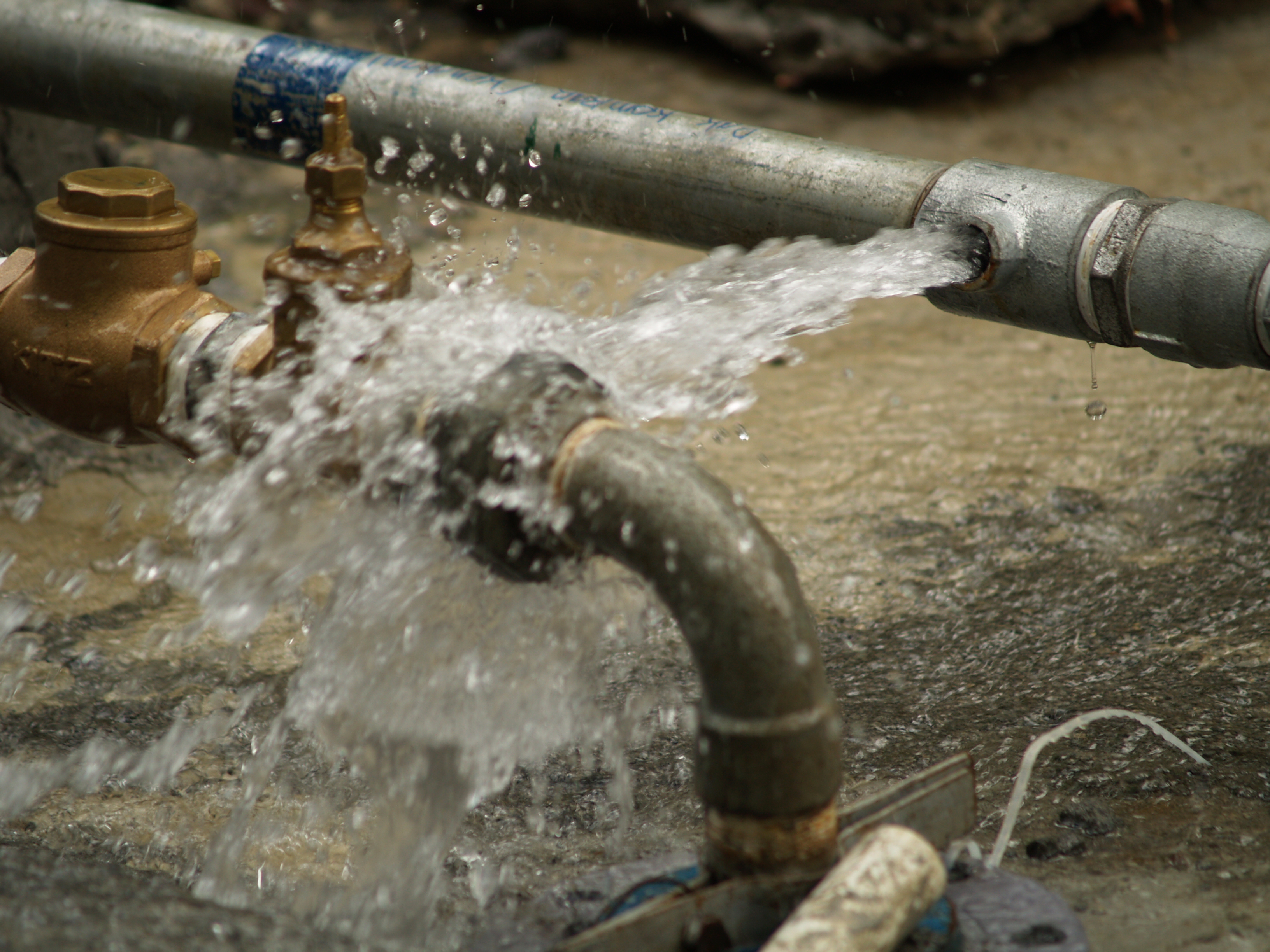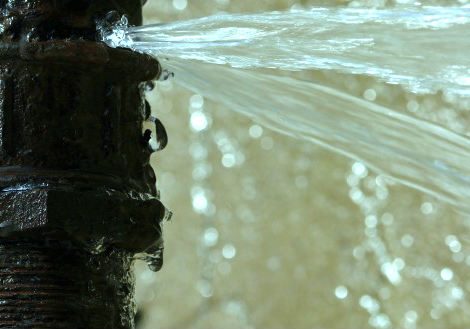From Detection to Correction: A Fast Approach to Handling Burst Pipes
From Detection to Correction: A Fast Approach to Handling Burst Pipes
Blog Article
How do you actually feel on the subject of How to install a dishwasher safely?

A burst pipe is a major emergency; you can just stand as you see water you pay a lot to rejoin with the planet. In even worse situations, you notice a pool on your kitchen flooring, which is a great journey risk, particularly if you have children around. If the pipeline that ruptured remained in your walls, bad news: you may require to paint that whole area.
Exactly how can a disaster like a burst pipe be avoided and taken care of? Well, by paying attention to your professional emergency plumbings and adhering to these policies.
How do I know when my pipelines have ruptured?
Varying water pressures
Pipelines do not simply burst in a day. You may have seen that your cooking area tap or shower doesn't run quickly when you transform the faucet. It might stop for a few secs and after that blast you with more pressure than typical.
In other circumstances, the water may seem regular initially, then decrease in pressure after a couple of seconds.
Contaminated water
Many individuals assume a ruptured pipe is a one-way outlet. Rather the contrary. As water flows out of the hole or wound in your plumbing system, pollutants locate their method.
Your water may be infected from the source, so if you can, check if your water container has any issues. However, if your alcohol consumption water is supplied and also purified by the local government, you should call your plumber quickly if you see or smell anything amusing in your water.
Puddles under pipes and sinks
When a pipeline bursts, the outflow develops a puddle. It might appear that the pool is growing in dimension, and despite how many times you mop the pool, in a few mins, there's another one waiting to be cleaned up. Frequently, you might not have the ability to trace the pool to any noticeable pipes. This is an indication to call a specialist plumber.
Wet wall surfaces and water spots
Prior to a pipe ruptureds, it will leak, a lot of times. If this persistent dripping goes undetected, the leakage may finish into a broad wound in your pipe. One very easy way to avoid this emergency is to keep an eye out for damp walls ad water discolorations. These water spots will certainly lead you right to the leak.
Untraceable leaking sounds
Pipe ruptureds can happen in one of the most unpleasant locations, like within concrete, inside walls, or under sinks. When your home goes silent, you might be able to listen to an aggravatingly consistent trickling noise. Also after you have actually checked your shower head as well as kitchen area faucet, the leaking might proceed.
Dear visitor, the leaking might be coming from a pipeline inside your walls. There isn't much you can do regarding that, other than inform an expert plumber.
Show up the Warm
Set up followers to blow heat into cold spaces. Keep the garage door shut. If you have actually lowered water flow, heat the most prone pipelines (generally in cellars and crawl spaces or near exterior walls) with a hair dryer. Leave the faucet on while you apply warm. As you thaw ice, the circulation will certainly raise. To stop pipes from freezing, insulate your walls.
Start Eliminating the Water
Get the mop, containers as well as a store vacuum cleaner to begin to do away with the water since you definitely don't want it soaking into whatever else in the house. Plus, a quick clean up will reduce the chances of something getting moldy.
What do I do when I detect a ruptured pipeline?
Your water meter will certainly remain to run also while your water wastes. To lessen your losses, discover the primary controls as well as turn the supply off. The water mains are an above-ground structure beside your building.
How to Fix & Detect a Leaking Pipe
How Do I Know if a Pipe is Leaking?
Leak detection tests can help you determine if your pipe has a leak. Even if you don’t see an apparent leak, you should still conduct leak detection tests regularly to save water and money—and prevent major damage to your home.
Water meter. It can be helpful to figure out what your usual water meter usage numbers are and then monitor them regularly. To monitor your meter, first, turn off all water faucets in your home. Check the meter and write down the numbers. In a few hours, check the meter again. If the numbers have changed, you have a leak. Water gauge. Use a water gauge to test your water pressure. Your showerhead should produce a certain amount of water pressure based on its model and design. If the pressure is lower than it is supposed to be for that specific showerhead, your home likely has a leak. Puddles. Look inside your bathroom, laundry, and kitchen sink cabinets. Puddles around the cabinets or around toilets, tubs, showers, and washing machines indicate the presence of a leaking pipe. You may also notice loose tiles, peeling or flaking paint, or mold caused by water accumulation. Napkin test. Even if you don’t see any puddles, you may still have a leak. You can test for water leaks in the bathroom, laundry, and kitchen by wiping below-sink connections with a napkin, paper towel, or piece of toilet paper. If it becomes damp, you probably have a leaking pipe under the sink. Discolored walls. Walls that are discolored—usually with brown or yellow stains—or bulging might mean that they have been impacted by water damage caused by a leaking pipe. Smell. A leaky pipe will create sitting water, and over time, that water may develop a musty smell. If your home smells musty, but you can’t locate the source, it may be due to a leak. Steps for Fixing a Leaking Pipe
A leaky drain can be remedied by tightening the pipe base, replacing the drain seal, caulking the rim, and tightening the pipe nut. Similarly, a leaking toilet pipe can be treated by tightening the packing nut. You may also need to replace the valve. A leaky faucet may just need tightening or replacement of the washers. If that doesn’t work, consider replacing your faucet. If your pipe has a hole in it, you may want to use a pipe leak sealer or pipe leak tape. This quick fix for water pipe leaks can also temporarily fix a copper pipe leak. https://www.ahs.com/home-matters/quick-tips/how-to-tell-if-pipes-are-leaking/

I am very curious about How to install a dishwasher safely and I'm hoping you appreciated the page. Sharing is caring. Helping people is fun. We treasure reading our article about How to Prepare for Your Dishwasher Installation.
Details
Report this page